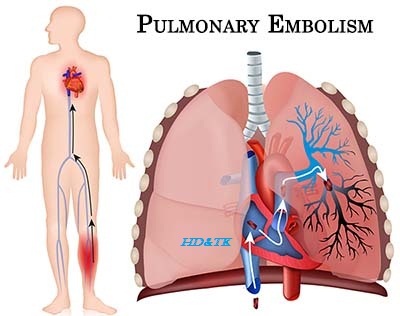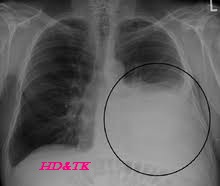Ventral Hernia
Hernias
most commonly develop in the abdominal wall, where an area weakens and develops
a tear or hole. Abdominal tissue or part of the intestines may push through
this weakened area, causing pain and potentially serious complications.
Ventral
hernias are a type of abdominal hernia. They may develop as a defect at birth,
resulting from incomplete closure of part of the abdominal wall, or develop
where an incision was made during an abdominal surgery, occurring when the
incision doesn't heal properly.
Incisional
hernias can develop soon after surgery or many years later. They affect as many
as 30 percent of the patients who have abdominal surgery, such as an
appendectomy.
Signs
& Symptoms:
Ventral
hernias cause a bulge or lump in the abdomen, which increases in size over
time. In some cases, the lump may disappear when you lie down, and then
reappear or enlarge when you put pressure on your abdomen, such as when you
stand, or lift or push something heavy.
When
tissue inside the hernia becomes stuck or trapped in abdominal muscle, it can
cause pain, nausea, vomiting and constipation.
In
rare cases, this may lead to a potentially life-threatening condition known as
"strangulation," which requires emergency surgery. This occurs when
the blood supply to the herniated bowel is cut off or greatly reduced, causing
the bowel tissue to die or rupture. Other symptoms of a strangulated hernia
include severe abdominal pain, profuse sweating, rapid heartbeat, severe
nausea, vomiting and high fever.
Diagnosis:
In
many cases, a hernia can be diagnosed through a physical examination of the
abdomen.
Your
doctor will examine the area where a ventral hernia may exist and may ask you
to cough while examining your abdomen.
A
CT scan may be performed as part of the diagnosis.
Treatment:
Ventral
hernias are repaired by surgery. Without treatment, most hernias will increase
in size.
An
untreated hernia may also result in intestinal blockage and
"strangulation," which requires immediate medical attention.
Strangulation occurs when the blood supply to the herniated bowel is cut off or
greatly reduced, causing the bowel tissue to die or rupture.Surgical repair of
ventral hernias is a complicated, major procedure. Extremely large ventral
hernias require a procedure called progressive pneumoperitoneum.
Laparoscopic
Repair
In
this approach, surgeons use a laparoscope, a tiny telescope with a television
camera attached, to view the hernia from the inside. The laparoscope is placed
inside a cannula, or small, hollow tube, which is inserted into the abdomen
through a small incision.In most cases, three or four incisions of about 1/4 to
1/2 inch in size are made to insert the cannula, instruments used to remove any
scar tissue and a special mesh. The mesh is placed behind the abdominal muscles
instead of between the muscles. It is held in place by surgical tacks or
sutures. This procedure is usually performed under general anesthesia. Bladder
catheterization is required.
Compared
to traditional hernia surgery, laparoscopic repair includes less post-surgery
pain, less wound numbness and an earlier return to work and normal activities.




Comments
Post a Comment